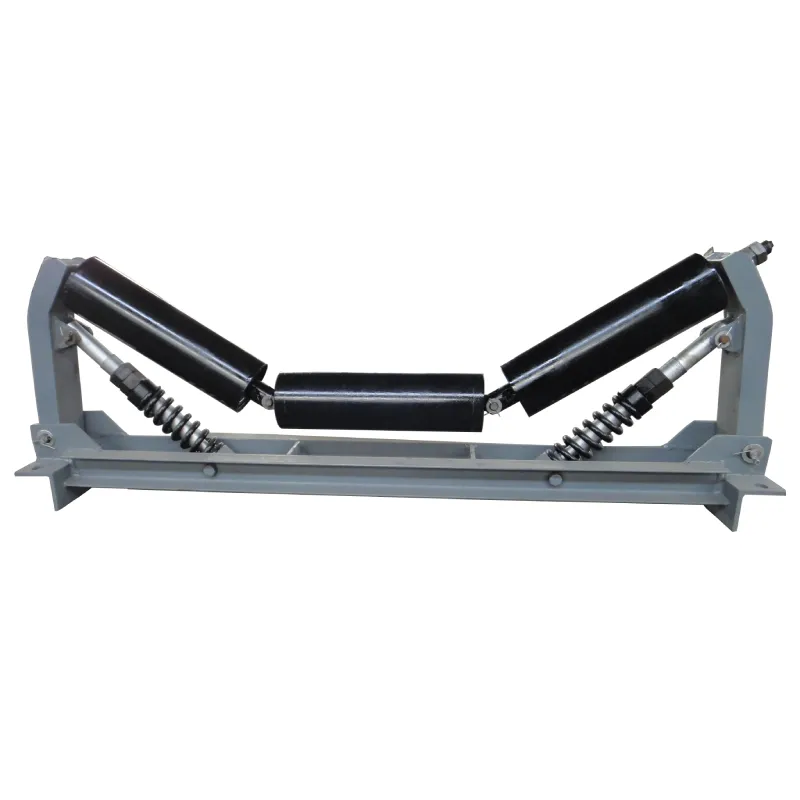 Afrikaans
Afrikaans  Albanian
Albanian  Amharic
Amharic  Arabic
Arabic  Armenian
Armenian  Azerbaijani
Azerbaijani  Basque
Basque  Belarusian
Belarusian  Bengali
Bengali  Bosnian
Bosnian  Bulgarian
Bulgarian  Catalan
Catalan  Cebuano
Cebuano  Corsican
Corsican  Croatian
Croatian  Czech
Czech  Danish
Danish  Dutch
Dutch  English
English  Esperanto
Esperanto  Estonian
Estonian  Finnish
Finnish  French
French  Frisian
Frisian  Galician
Galician  Georgian
Georgian  German
German  Greek
Greek  Gujarati
Gujarati  Haitian Creole
Haitian Creole  hausa
hausa  hawaiian
hawaiian  Hebrew
Hebrew  Hindi
Hindi  Miao
Miao  Hungarian
Hungarian  Icelandic
Icelandic  igbo
igbo  Indonesian
Indonesian  irish
irish  Italian
Italian  Japanese
Japanese  Javanese
Javanese  Kannada
Kannada  kazakh
kazakh  Khmer
Khmer  Rwandese
Rwandese  Korean
Korean  Kurdish
Kurdish  Kyrgyz
Kyrgyz  Lao
Lao  Latin
Latin  Latvian
Latvian  Lithuanian
Lithuanian  Luxembourgish
Luxembourgish  Macedonian
Macedonian  Malgashi
Malgashi  Malay
Malay  Malayalam
Malayalam  Maltese
Maltese  Maori
Maori  Marathi
Marathi  Mongolian
Mongolian  Myanmar
Myanmar  Nepali
Nepali  Norwegian
Norwegian  Norwegian
Norwegian  Occitan
Occitan  Pashto
Pashto  Persian
Persian  Polish
Polish  Portuguese
Portuguese  Punjabi
Punjabi  Romanian
Romanian  Russian
Russian  Samoan
Samoan  Scottish Gaelic
Scottish Gaelic  Serbian
Serbian  Sesotho
Sesotho  Shona
Shona  Sindhi
Sindhi  Sinhala
Sinhala  Slovak
Slovak  Slovenian
Slovenian  Somali
Somali  Spanish
Spanish  Sundanese
Sundanese  Swahili
Swahili  Swedish
Swedish  Tagalog
Tagalog  Tajik
Tajik  Tamil
Tamil  Tatar
Tatar  Telugu
Telugu  Thai
Thai  Turkish
Turkish  Turkmen
Turkmen  Ukrainian
Ukrainian  Urdu
Urdu  Uighur
Uighur  Uzbek
Uzbek  Vietnamese
Vietnamese  Welsh
Welsh  Bantu
Bantu  Yiddish
Yiddish  Yoruba
Yoruba  Zulu
Zulu idler in conveyor belt
The Role of Idlers in Conveyor Belts
Conveyor belts are essential components in many industrial applications, facilitating the efficient transportation of materials from one location to another. One of the key elements of any conveyor system is the idler. Idlers play a crucial role in ensuring the smooth operation of conveyor belts, enhancing their performance and longevity. This article aims to explore the various types of idlers, their functions, and their significance in conveyor belt systems.
What are Idlers?
Idlers are sliding or rolling components placed along the length of a conveyor belt to support the belt and the material being transported. These components are typically made of durable materials such as steel or plastic and are designed to withstand the weight and pressure of the conveyed materials. Idlers are essential for maintaining belt tension, supporting the load, and reducing friction, ultimately contributing to the overall efficiency of the conveyor system.
Types of Idlers
Idlers come in various shapes and sizes, each designed for specific applications. The most common types include
1. Carry Idlers Positioned under the belt, carry idlers support the weight of the load being transported. They are usually flat or crowned and play a crucial role in maintaining the belt's shape and alignment.
2. Return Idlers Located on the return side of the conveyor, return idlers help guide the belt back to its starting point. They are typically designed to minimize friction and wear.
3. Impact Idlers These are specifically designed to absorb the impact of heavy loads when materials are dropped onto the belt. Impact idlers help prevent belt damage and extend the lifespan of the conveyor system.
4. Training Idlers Training or tracking idlers help keep the belt properly aligned during operation. Misalignment can lead to uneven wear and reduced efficiency, making these idlers vital for maintaining optimal performance.
idler in conveyor belt

5. Specialty Idlers Depending on the specific requirements of an application, specialty idlers may be designed for unique environments such as those with extreme temperatures, corrosive materials, or unusual load shapes.
The Importance of Idlers
Idlers serve several critical functions in a conveyor belt system
1. Support and Load Distribution By evenly distributing the weight of the conveyed materials, idlers prevent excessive stress on the belt. This support is crucial for preventing premature wear or breakage.
2. Friction Reduction Idlers help reduce friction between the belt and the conveyor frame. This reduction in friction not only enhances efficiency but also minimizes energy consumption, a key consideration in industrial operations.
3. Belt Tracking Proper alignment of the conveyor belt is essential for smooth operation. Idlers, particularly training idlers, ensure that the belt remains on its designated path, preventing damage and downtime caused by misalignment.
4. Impact Absorption When materials are loaded onto the conveyor belt, they can exert significant force on the belt. Impact idlers are designed to absorb this shock, protecting the belt from damage and ensuring a more stable operation.
5. Maintenance and Longevity Using high-quality idlers can significantly extend the lifespan of a conveyor belt system. Regular inspection and maintenance of idlers can prevent failures, reducing downtime and maintenance costs.
Conclusion
In conclusion, idlers are integral components of conveyor belt systems that significantly influence their performance and longevity. By providing support, reducing friction, ensuring proper alignment, and absorbing impacts, idlers help maintain the efficiency of industrial operations. As industries continue to evolve, the design and technology behind idlers will also advance, further enhancing their effectiveness in conveyor systems. Understanding the importance of idlers not only leads to more efficient operations but also contributes to safer and more reliable material handling processes in various industrial sectors.
-
Revolutionizing Conveyor Reliability with Advanced Rubber Lagging PulleysNewsJul.22,2025
-
Powering Precision and Durability with Expert Manufacturers of Conveyor ComponentsNewsJul.22,2025
-
Optimizing Conveyor Systems with Advanced Conveyor AccessoriesNewsJul.22,2025
-
Maximize Conveyor Efficiency with Quality Conveyor Idler PulleysNewsJul.22,2025
-
Future-Proof Your Conveyor System with High-Performance Polyurethane RollerNewsJul.22,2025
-
Driving Efficiency Forward with Quality Idlers and RollersNewsJul.22,2025





























